Talking birds have long fascinated humans with their incredible ability to mimic human speech and sounds. From parrots that can hold conversations to ravens that imitate voices, these intelligent creatures blur the line between animal communication and human language. Scientists believe that the secret lies in their advanced vocal organs and social intelligence.
In this article, we’ll explore the 15 kinds of talking birds in the world, from the famous African Grey Parrot to the lesser-known Hill Myna. You’ll learn what makes each species special, how they learn to talk, and why some birds become better conversationalists than others.
1. African Grey Parrot (Psittacus erithacus)
The African Grey Parrot is often called the Einstein of talking birds. Native to the rainforests of West and Central Africa, this bird is world-renowned for its exceptional intelligence and speech ability.
African Greys can learn hundreds of words and even understand context. They don’t just mimic sounds — many can associate words with objects, people, and emotions. Studies have shown that they can reason, count, and even express preferences.
Their ability to mimic human speech with near-perfect tone and clarity makes them one of the most sought-after talking birds for avian enthusiasts. However, they require constant mental stimulation and emotional attention.
2. Budgerigar (Melopsittacus undulatus)
Commonly known as the budgie or parakeet, this small bird from Australia is one of the most popular pet birds in the world. Don’t let their size fool you — budgerigars are among the most talented talking birds.
Budgies can learn up to several hundred words and phrases, especially when trained from a young age. Male budgies, in particular, are known for clearer speech. Some have even made it into the Guinness World Records for vocabulary size.
Their cheerful nature, combined with their talking ability, makes budgerigars an ideal choice for first-time bird owners.
3. Yellow-Naped Amazon (Amazona auropalliata)
The Yellow-Naped Amazon Parrot is one of the most famous talking birds in the Amazon family. Found in Central America, this parrot is recognized by the yellow patch on the back of its neck and its loud, expressive voice.
Yellow-Naped Amazons are excellent at mimicking human speech and laughter. They are also capable of using the correct tone and rhythm, making their talking ability sound surprisingly natural.
These parrots form deep emotional bonds with their owners, which helps them learn words faster. However, they can be loud and demanding, requiring an experienced owner.
4. Indian Ringneck Parakeet (Psittacula krameri)
The Indian Ringneck Parakeet is another remarkable talking bird known for its clear voice and ability to learn phrases. Originally from India and parts of Africa, this species is highly intelligent and curious.
Indian Ringnecks begin mimicking sounds around 8 months old and can develop a vocabulary of dozens of words. They are quick learners and can even mimic full sentences when trained consistently.
Their slightly nasal tone gives their voice a unique quality, making their speech easy to recognize.
5. Eclectus Parrot (Eclectus roratus)
The Eclectus Parrot stands out not only for its speaking skills but also for its stunning colors — males are bright green while females are red and blue. Native to the Solomon Islands and New Guinea, Eclectus parrots are calm, social, and excellent talkers.
They can learn words, short phrases, and even replicate a person’s voice. Their talking style is smooth and soft, making them pleasant conversationalists.
These parrots thrive on daily interaction, and their strong bond with their owners enhances their talking ability.
6. Blue-Fronted Amazon (Amazona aestiva)
The Blue-Fronted Amazon is one of the most charismatic talking birds in South America. Recognized by the blue marking above its beak, this parrot is known for its lively personality and talkative nature.
Blue-Fronted Amazons have a playful attitude and love to mimic human speech, laughter, and even music. They can learn hundreds of words and phrases with patience and training.
Because of their loud, clear voices, they are often considered one of the best Amazon parrots for talking.
7. Monk Parakeet (Myiopsitta monachus)
Also known as the Quaker Parrot, the Monk Parakeet is a small but highly social talking bird. Native to South America, it has become a popular pet due to its friendly temperament and talking ability.
Monk Parakeets are fast learners and can pick up both words and environmental sounds. They tend to mimic their favorite human voices and enjoy engaging in “conversation.”
These parrots also build large communal nests, showcasing their cooperative intelligence.
8. Hill Myna (Gracula religiosa)
The Hill Myna, found in South and Southeast Asia, is one of the most impressive talking birds outside the parrot family. Its voice is loud, clear, and often described as human-like.
Unlike parrots, Hill Mynas have a specialized syrinx (vocal organ) that allows them to produce complex sounds. They can perfectly mimic pitch, tone, and even laughter.
In markets across Asia, Hill Mynas are prized for their ability to imitate human speech with uncanny accuracy.
9. Double Yellow-Headed Amazon (Amazona oratrix)
The Double Yellow-Headed Amazon Parrot is famous for its striking yellow head and lively personality. Originating from Mexico and Central America, it is one of the most vocal and expressive Amazon parrots.
These talking birds can learn to sing, mimic songs, and carry on conversations. They are especially skilled at picking up emotional tone, making their talking ability sound more natural.
With proper care, Double Yellow-Headed Amazons can live over 70 years — meaning decades of conversation with their owners.
10. African Red-Bellied Parrot (Poicephalus rufiventris)
The African Red-Bellied Parrot may not be as famous as the African Grey, but it’s an underrated talking bird with remarkable mimicking skills. Native to Central Africa, it has a softer, more melodic voice.
These parrots can learn words, whistles, and short songs. They are quieter than most talking birds, making them ideal for apartment living.
Their calm demeanor and affectionate nature make them a great choice for owners seeking a gentle talking bird.
11. Cockatoo (Cacatuidae family)
Cockatoos are among the most affectionate and expressive talking birds. Found across Australia, Indonesia, and the Philippines, cockatoos have a loud voice and can mimic speech, music, and household sounds.
The Sulphur-Crested Cockatoo and Umbrella Cockatoo are especially known for their talking ability. They can learn dozens of words and enjoy interacting vocally with humans.
However, cockatoos are also emotionally demanding and require plenty of attention and stimulation to stay happy.
12. Rose-Ringed Parakeet (Psittacula eupatria)
The Rose-Ringed Parakeet, also known as the Alexandrine Parakeet, is a close relative of the Indian Ringneck. It has a deep, clear voice and can learn words and phrases easily.
Historically, these birds were kept by royalty in India and ancient Greece because of their talking skills. They remain popular today for their intelligence, playfulness, and bright green feathers.
With regular interaction, Rose-Ringed Parakeets can become affectionate and talkative companions.
13. Raven (Corvus corax)
Surprisingly, ravens are also among the world’s most capable talking birds. Known for their problem-solving intelligence, ravens can mimic human speech, animal calls, and mechanical noises.
Unlike parrots, ravens use their throat muscles to control pitch and tone. They can imitate words with deep, resonant voices that sound eerily human.
In the wild, ravens use vocal mimicry as part of social communication — an ability that translates into remarkable speech skills in captivity.
14. Blue-Crowned Conure (Thectocercus acuticaudatus)
The Blue-Crowned Conure gained fame from the movie Paulie, which showcased its talking ability. Native to South America, this parrot species is affectionate, curious, and relatively easy to train.
Blue-Crowned Conures can learn words, phrases, and even respond to questions. While their speech may not be as clear as larger parrots, their sociable personality and willingness to communicate make them excellent companions.
They enjoy vocal interaction and thrive in active households.
15. Brown-Headed Parrot (Poicephalus cryptoxanthus)
The Brown-Headed Parrot is a small African parrot with a gentle personality and surprising talking ability. Though quieter than most species, it can mimic words and whistles effectively when socialized early.
These talking birds are affectionate and form close bonds with their owners. Their soft voices make them ideal for bird lovers who prefer a less noisy companion.
While they may not be the best-known talkers, their intelligence and charm make them a hidden gem among talking birds.
How Do Talking Birds Learn to Talk?
All types of talking birds share one special feature — the syrinx, a vocal organ that allows them to create and control complex sounds. This, combined with high intelligence and social learning, enables them to mimic human speech.
Talking birds don’t understand language in the human sense, but they associate words with objects, emotions, and actions. Their motivation to communicate with their human “flock” drives them to keep learning.
Training Tips for Talking Birds
If you own a talking bird or plan to adopt one, here are a few essential training tips:
- Start early – Young birds learn faster.
- Repeat often – Consistent repetition of words helps memory.
- Use clear tone – Speak slowly and with enthusiasm.
- Reward success – Positive reinforcement strengthens learning.
- Avoid confusion – Stick to simple words at first.
- Be patient – Some birds take months to start talking.
Conclusion
From the eloquent African Grey Parrot to the clever Hill Myna, the world’s talking birds showcase the diversity and intelligence of avian species. Their ability to mimic human speech connects them deeply to us, offering not just entertainment but insight into the nature of communication itself.
Owning a talking bird requires patience, care, and consistent interaction. But for those who invest the time, the reward is a lifelong companion that can truly talk back.
FAQs about Talking Birds
1. Which bird is known for talking?
The African Grey Parrot is best known for its exceptional talking ability. These intelligent birds can learn hundreds of words, mimic voices, and even use phrases in the right context. Other well-known talkers include Amazon parrots, Budgerigars (budgies), and Cockatoos.
2. Which is the best talking bird?
The African Grey Parrot is often considered the best talking bird in the world. It has incredible intelligence and clarity of speech, often capable of holding short conversations. Yellow-naped Amazon parrots and Indian Ringneck Parakeets also rank high for their ability to mimic human speech clearly.
3. What birds can learn to talk?
Several bird species can learn to talk, including:
- African Grey Parrots
- Amazon Parrots
- Budgerigars (Budgies)
- Cockatoos
- Indian Ringneck Parakeets
- Eclectus Parrots
Each bird has its own learning pace and personality—some prefer mimicking sounds or whistles over words.
4. What bird can imitate human talk?
Many parrots can imitate human speech, but the African Grey Parrot and Budgerigar are standout mimics. Budgies, though small, can develop surprisingly large vocabularies and pronounce words very clearly with regular interaction.
5. What is the cheapest talking parrot breed?
The Budgerigar (Budgie) is the cheapest talking bird you can own. Despite their low cost and small size, budgies can learn dozens or even hundreds of words with patience and consistent training. They are friendly, playful, and make great beginner pets.

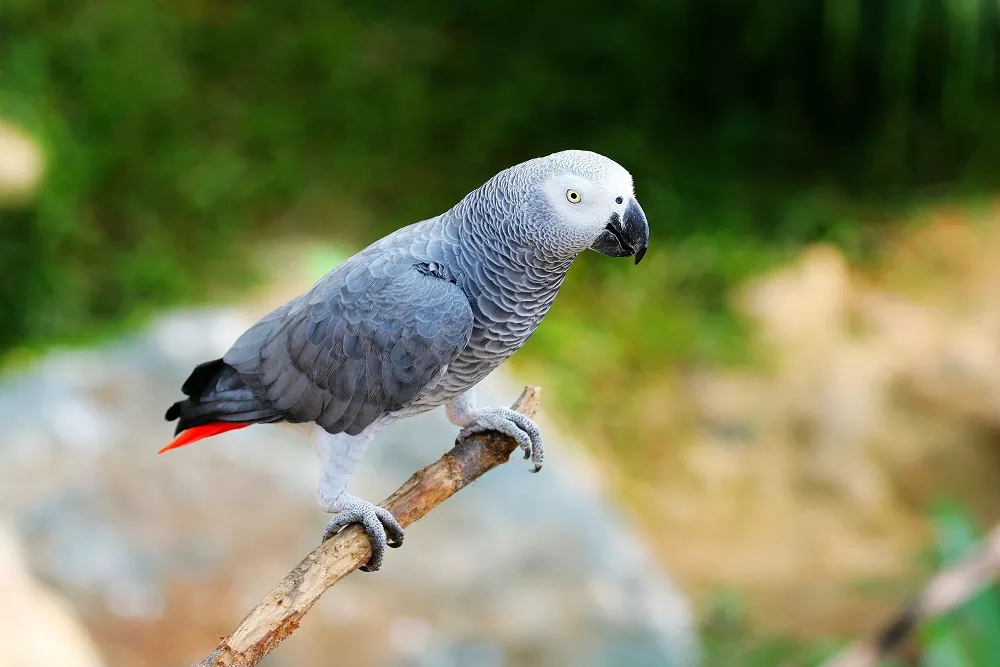
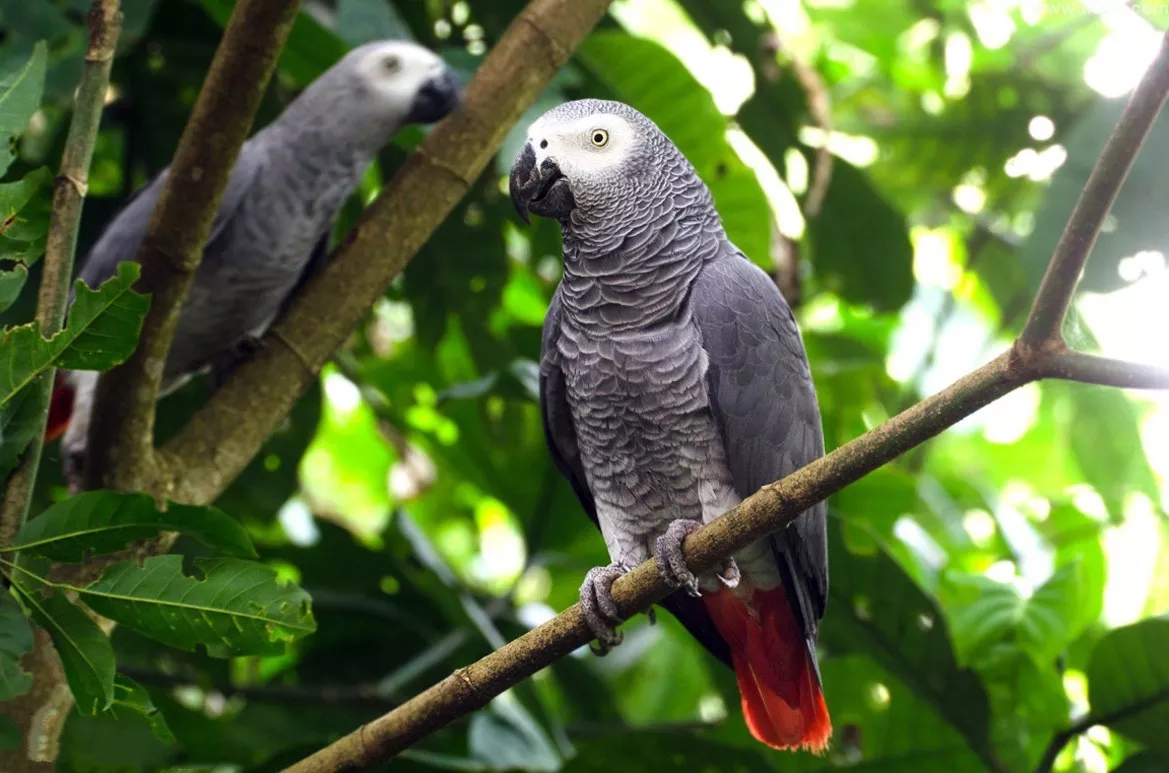
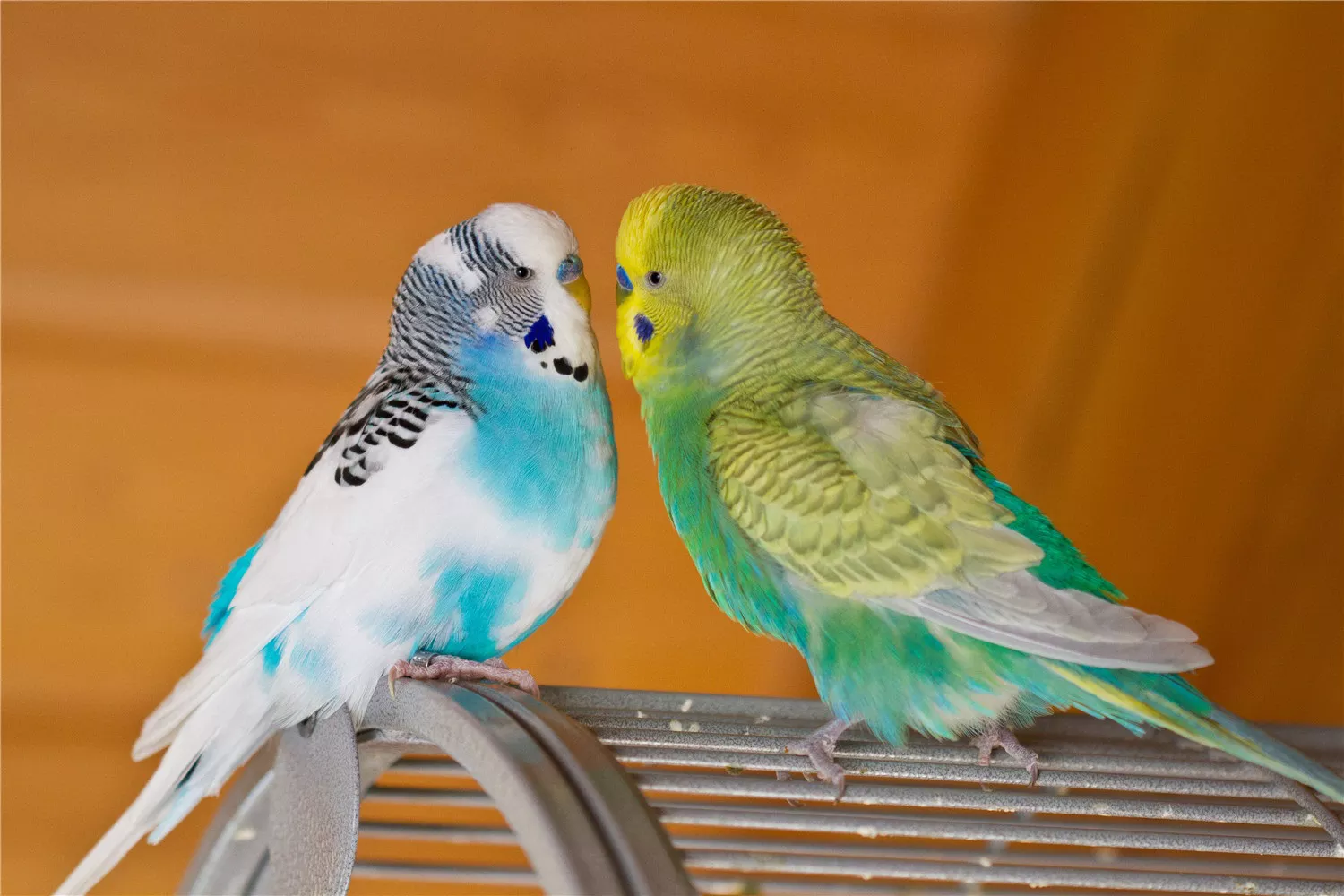
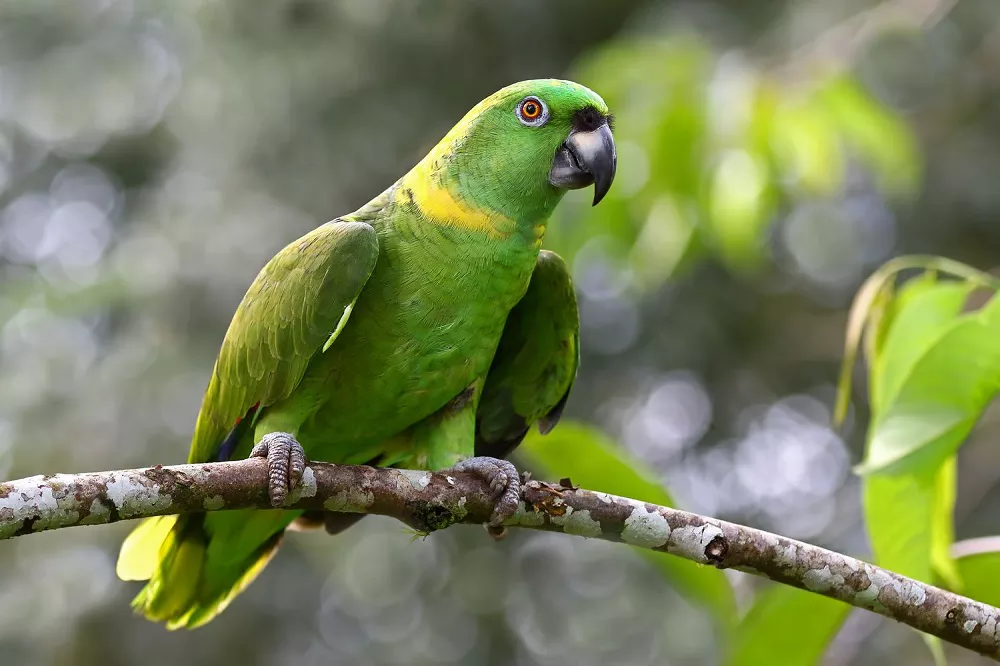
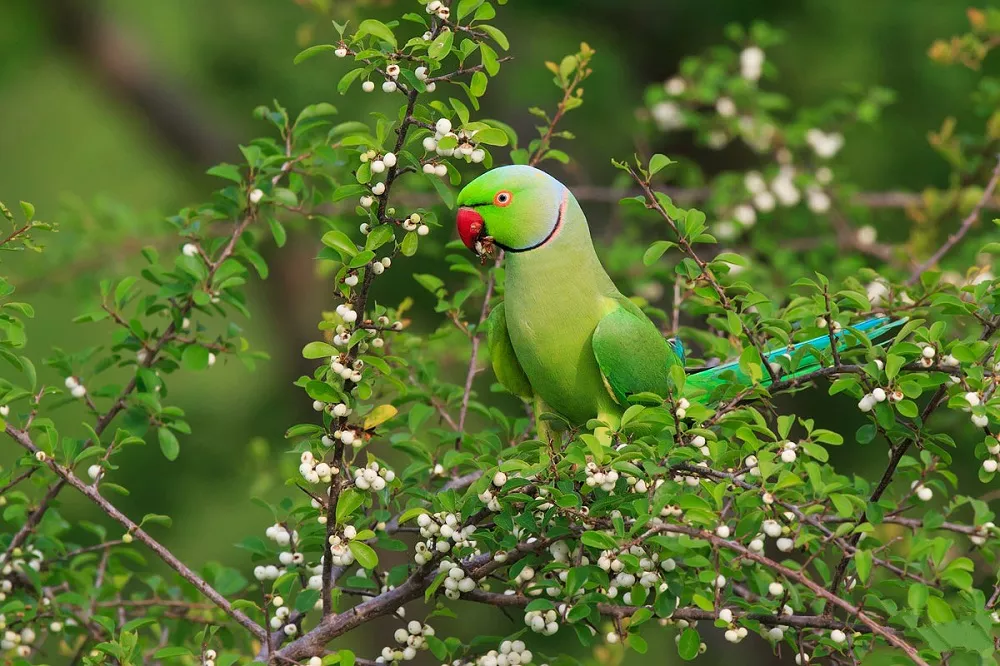
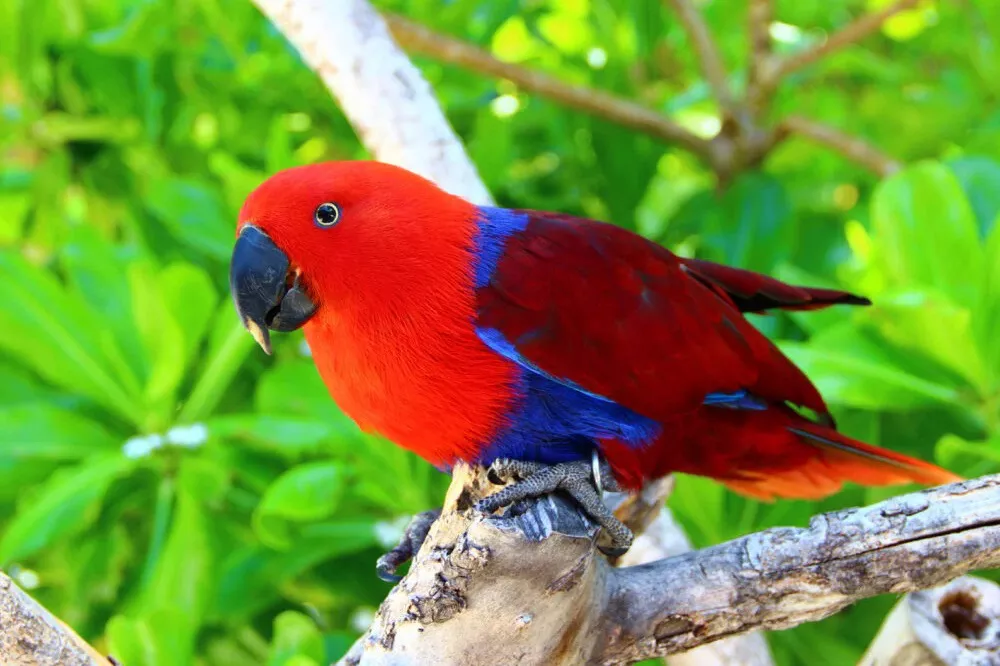
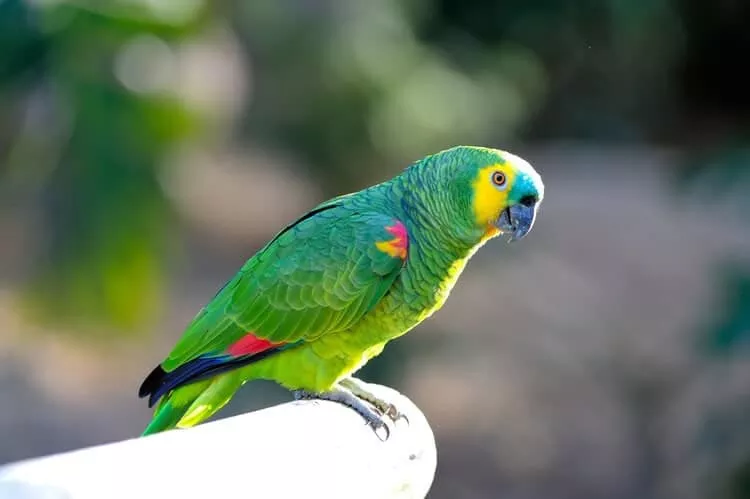
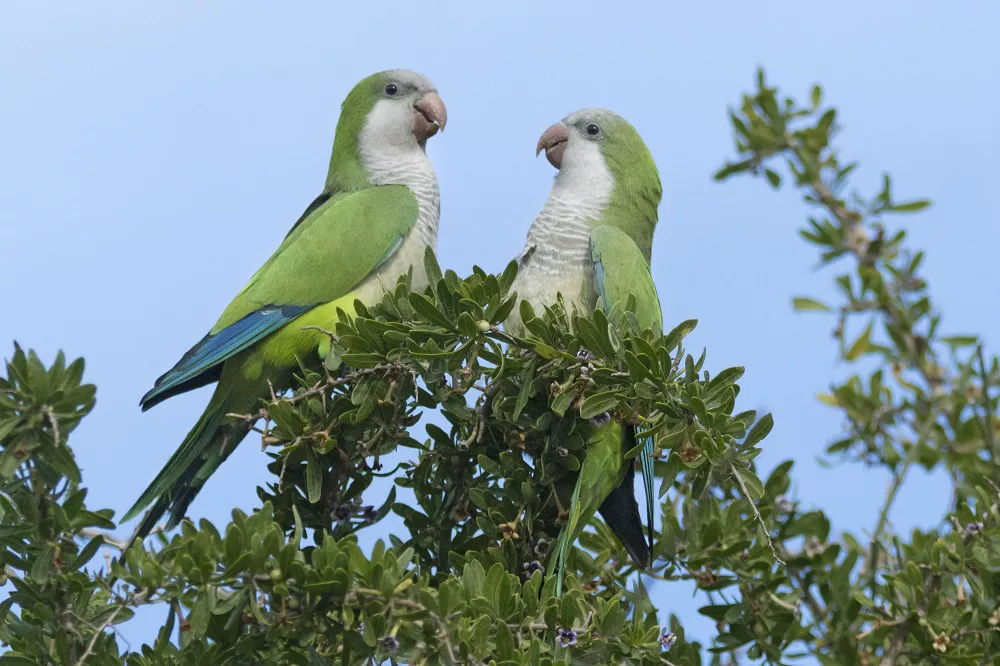
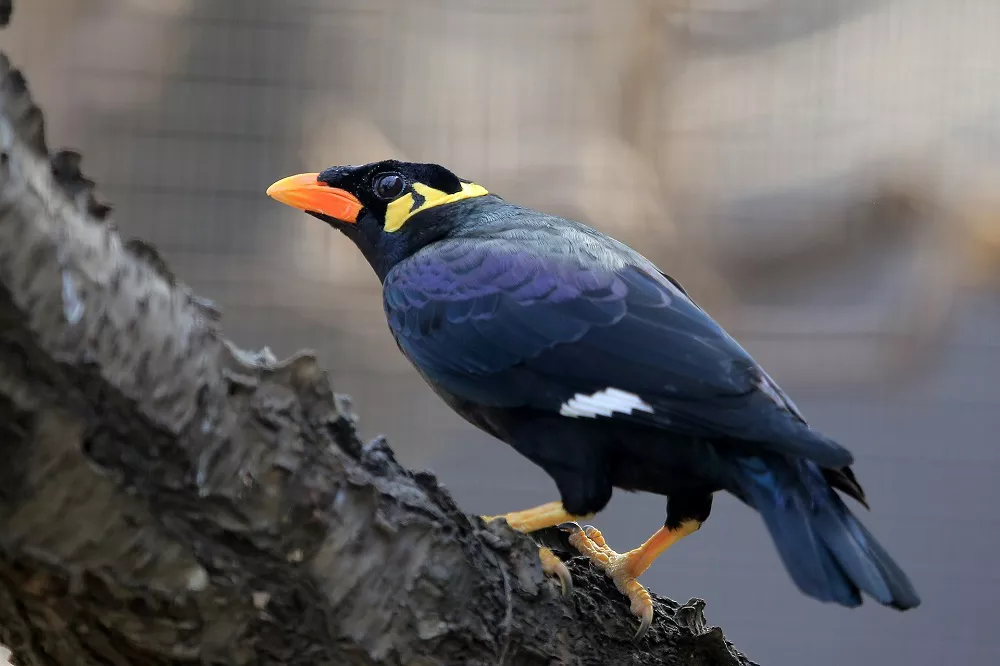
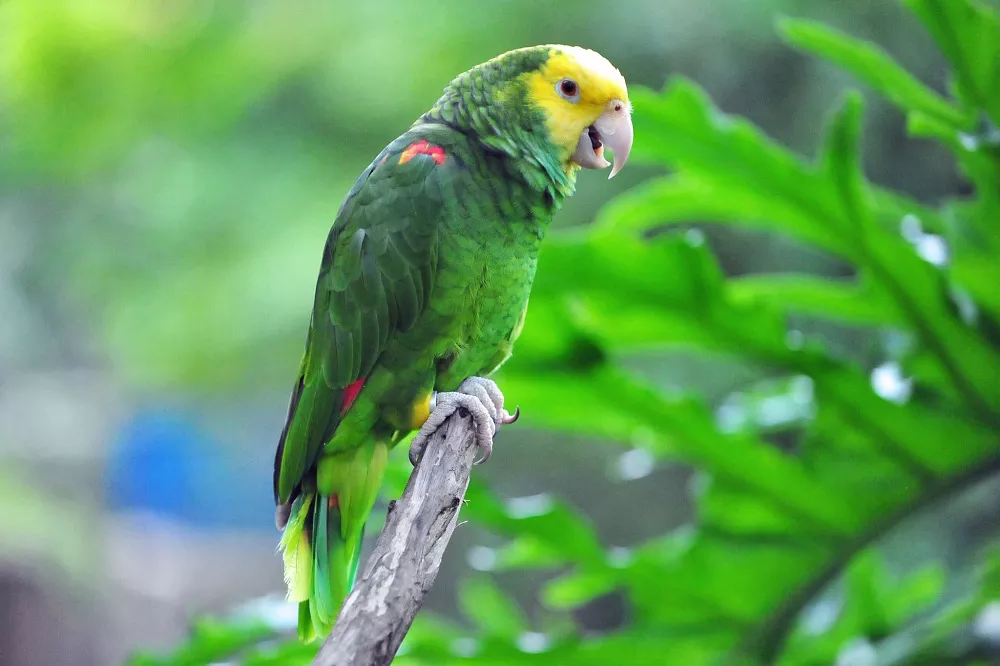
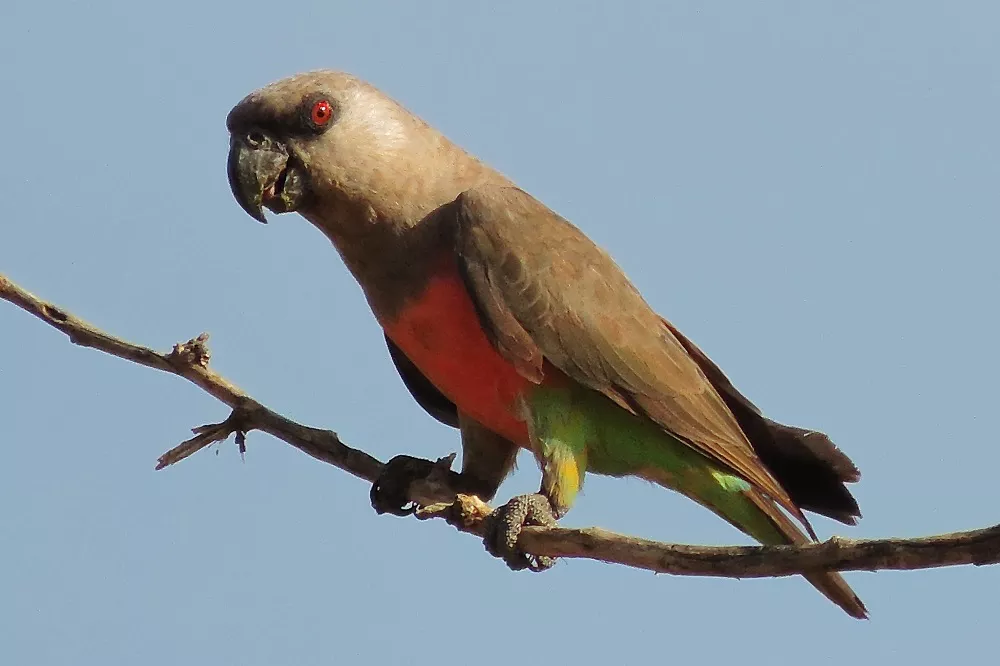
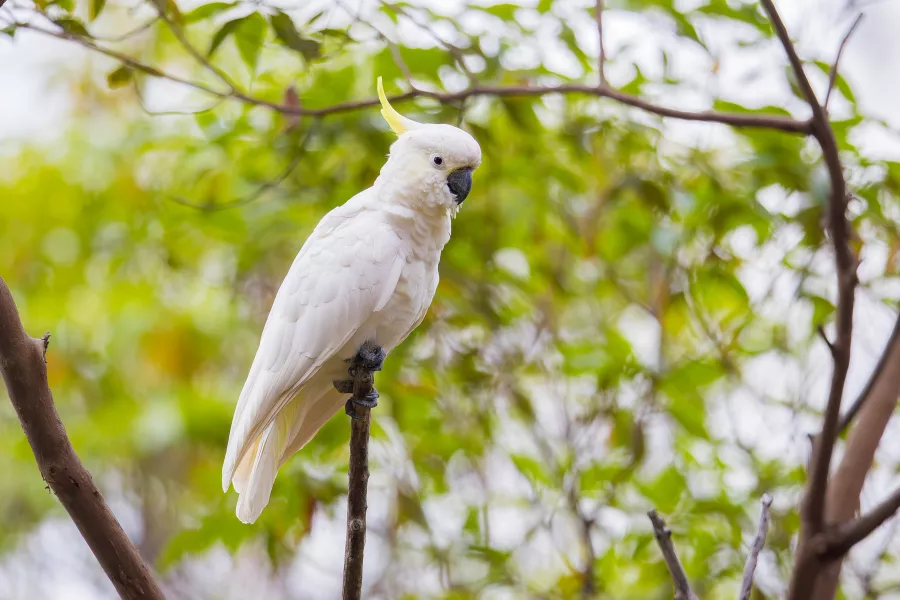
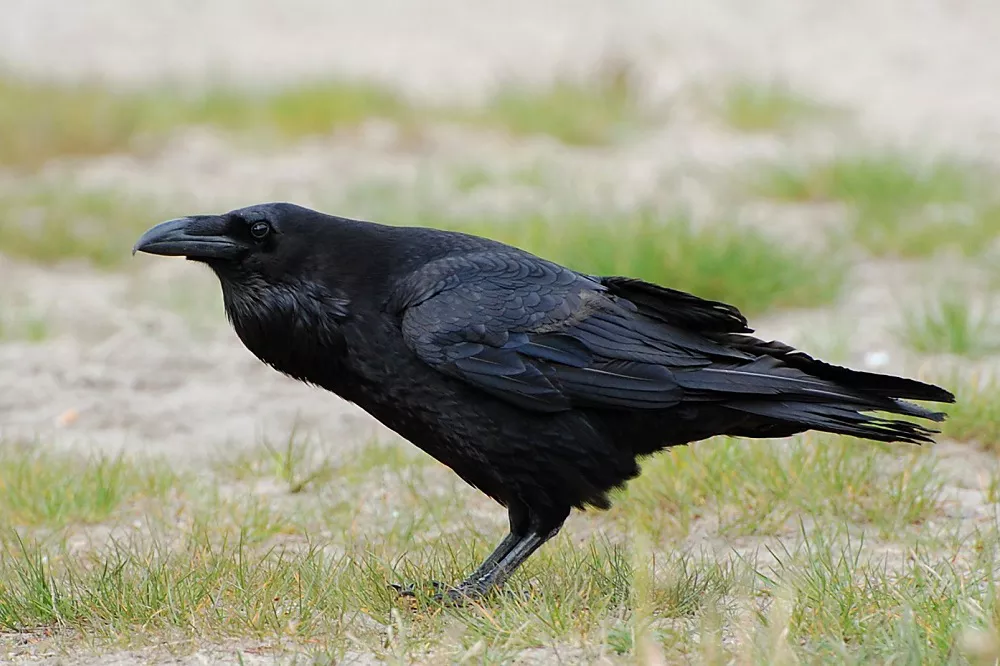
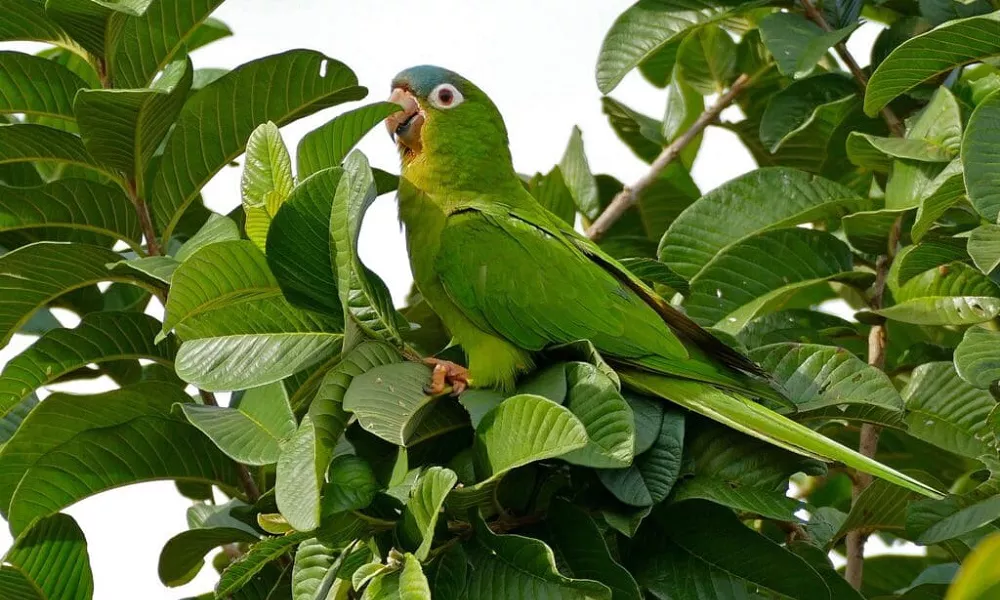
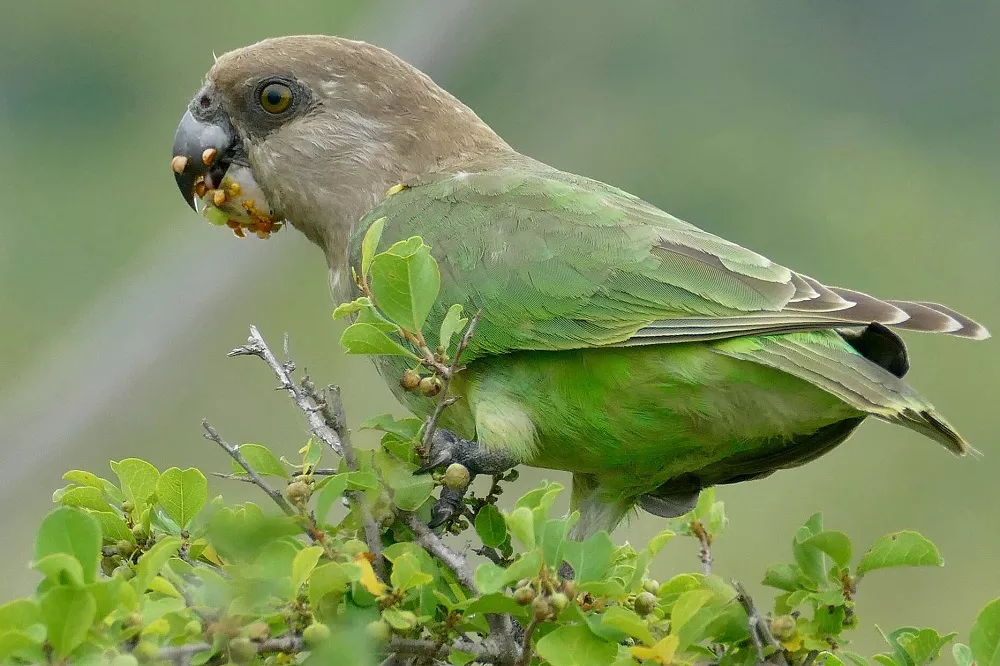
 Facebook
Facebook  Instagram
Instagram  Youtube
Youtube 